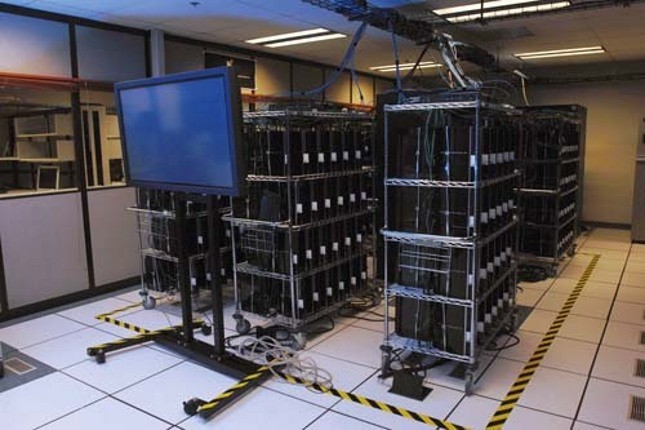Bitcoin Miner
Post on: 16 Март, 2015 No Comment

Spike in the bitcoin network hashing power indicates a return to double-digit difficulty growth
After three consecutive single-digit difficulty increases, bitcoin miners are bracing for a return to steep growth in the hashrate and steadily diminishing returns for old hardware. If the current hashrate increase holds, the next difficulty increase will happen around August 19, and will increase roughly 20 percent.
While not exactly welcome, this is a moderate increase by bitcoin standards. Considering that the network has gained nearly 30 Petahash of power since the last increase on August 8, and currently tops out at around 177.5 PH/s, the situation could certainly be worse. That said, with nearly a week until the next increase, those estimates could change quickly.
Whats to blame for the increase? A better question might be Why has the difficulty been so low for the last six weeks? Did we see the results of the bitcoin mining community holding its collective breath until the delivery of new ASICs? Or is the situation more complex and nuanced than that?
Clearly the changes have something to do with the delivery and activation of new mining hardware, and perhaps a boost in new investment in industrial-scale hashing centers. Its also possible that a reshuffling of mining pools in the wake of the GHash.io 51% incident may have played a role.
For many miners, however, the time for speculation about the past is over. Instead, its back to the grind of pool selection, hardware upgrades and ongoing cost/benefit analysis.
The Coinsman offers a look inside a Chinese bitcoin mining operation
Bitcoin-industry blogger Jason The Coinsman Smith recently posted a revealing look inside an industrial-scale bitcoin mining operation in northeastern China. Although understandably light on the specifics, perhaps in part due to the Chinese governments ongoing hostility to cryptocurrency in general, the photo essay shed some light on just how global the bitcoin community is. While hashing centers in the U.S. have gained considerable attention in the IT and bitcoin media, the barebones nature of the Chinese center is no less relevant to the growing digital currency infrastructure.
Smith wrote of the experience:
The first thing you notice as you approach the warehouse is the noise. It begins as soon as you step out of the car, at which point it sounds like massive swarm of angry bees droning away somewhere off in the distance. It becomes louder and louder the closer you get to the building, and as you step through the doors it becomes a deafening and steady roar; a combination of tens of thousands of tiny ASIC chips hashing away, and dozens of large industrial fans serving to cool down the workers.
According to Smith, even with all of those fans running the temperature was a constant 105 F, a situation even hobby miners can easily imagine. Littered with old, now-useless Avalon mining hardware, the former factory houses 2,500 machines, each hashing away at 230 GH/s. The power bill? Around $60,000 per month.
Smith calls the three operators of the hashing center the heroes that keep our precious bitcoin network safe, and clearly has a great deal of respect for the operation itself. The original post is well worth taking a look at, offering a glimpse into a side of bitcoin rarely considered, even by most miners.














